Snowy Owl Story
marylandmojo
19 years ago
Related Stories

VACATION HOMESHouzz Tour: Snowy White Makeover for a Lake Tahoe Condo
Traditional alpine decor gets the boot in favor of a modern Scandinavian look in this Sierra Nevada getaway
Full Story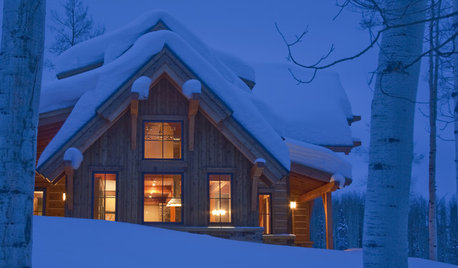
LIFEIs Cabin Fever Real? Share Your Story
Are snow piles across the U.S. leading to masses of irritability and boredom? We want to hear your experience
Full Story
PETSDealing With Pet Messes: An Animal Lover's Story
Cat and dog hair, tracked-in mud, scratched floors ... see how one pet guardian learned to cope and to focus on the love
Full Story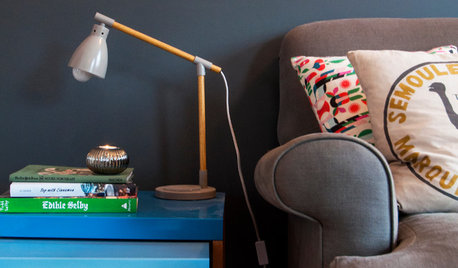
LIFE10 Things Night Owls Know to Be True
Love being up while the world slumbers? Prefer a really late bedtime to an early night? These observations on night owl life may ring true
Full Story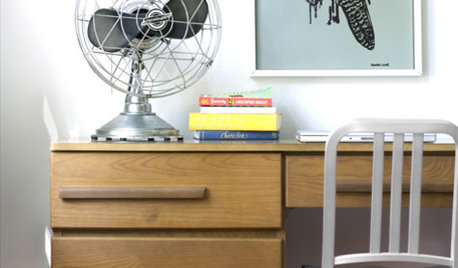
An Ode to Owls Around the House
This feathery symbol of wisdom is a fun addition to a home, especially in fall
Full Story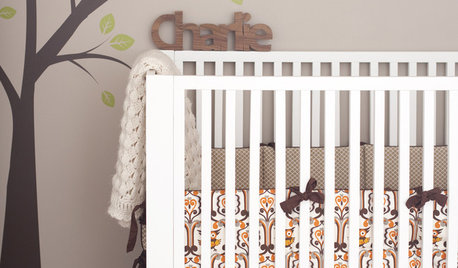
MORE ROOMSPint-Sized Design: Charlie's Owl-tastic Nursery
Handmade touches, warm colors and a light-handed motif fill a baby's room with charm
Full Story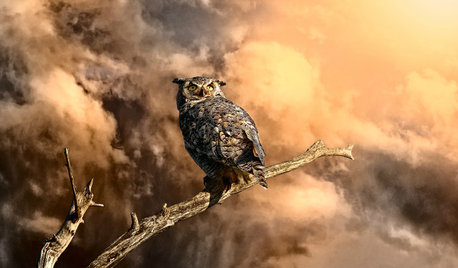
GARDENING GUIDESBackyard Birds: Go Owling in October
These stealthy nocturnal hunters fill North American skies with their quiet wings and distinct calls
Full Story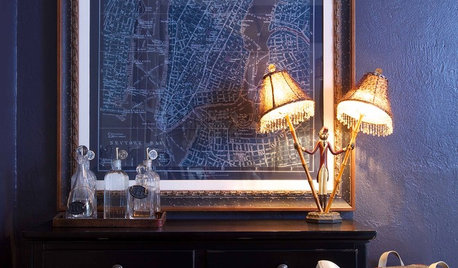
COLOR12 Top Colors for Night Owls
These home colors reach their peak at the end of the day. Which is your favorite evening backdrop?
Full Story
HOLIDAYSHouzz Call: Show Us Your Christmas Tree!
How lovely are your branches? Post a picture and share your stories
Full Story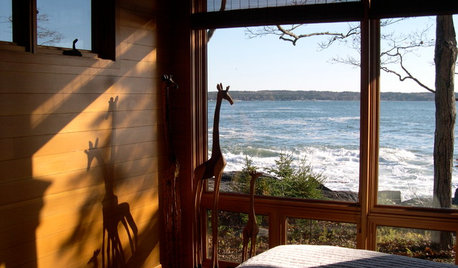
BEDROOMS9 Beautiful Bedroom Views Shared by Houzzers
See great vistas throughout the U.S. and Canada, with stories and details from the homeowners
Full Story


John_Blakeman
richardzone7maryland
Related Discussions
Snowy Owl
Q
Snowies
Q
snowy owl
Q
A friend sent me this story about flower box nest Eurasian Owls
Q
marylandmojoOriginal Author
John_Blakeman
marylandmojoOriginal Author